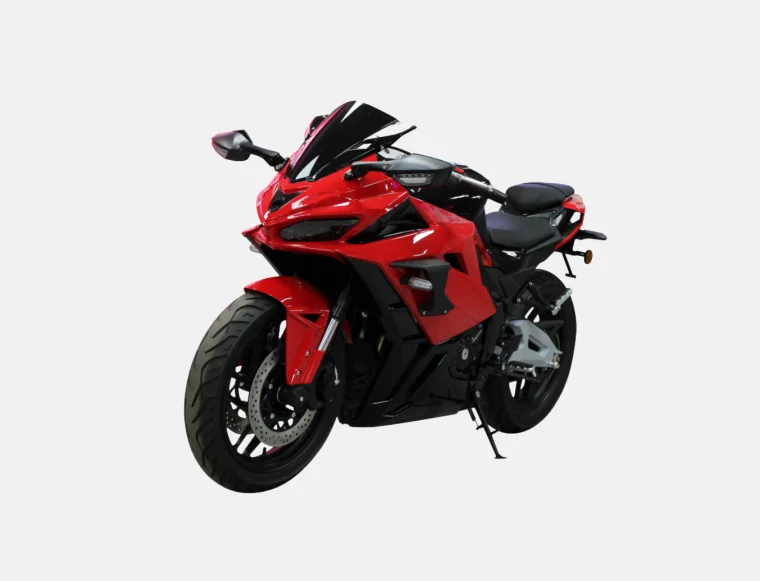In the ever-evolving world of textiles, the quest for the most lightweight fabric has become a focal point for designers, manufacturers, and consumers alike. As industries ranging from fashion to outdoor gear seek to optimize performance while minimizing weight, understanding the properties, applications, and innovations surrounding lightweight fabrics is essential. This article delves into the characteristics of various lightweight fabrics, their applications, and the future of textile technology.
Understanding Lightweight Fabrics
Lightweight fabrics are defined by their low weight per unit area, typically measured in grams per square meter (GSM). These fabrics are engineered to provide comfort, breathability, and durability without the bulk. The most lightweight fabrics often possess unique properties that make them suitable for specific applications, from athletic wear to high-performance outdoor gear.
Common Types of Lightweight Fabrics
- Nylon: Known for its strength and durability, nylon is a synthetic fabric that is often used in outdoor gear and activewear. Its lightweight nature, combined with water-resistant properties, makes it a popular choice for jackets, tents, and backpacks. Innovations such as ripstop nylon have further enhanced its performance by adding resistance to tearing and ripping.
- Polyester: Another synthetic contender, polyester is celebrated for its moisture-wicking capabilities and quick-drying properties. Lightweight polyester fabrics are commonly used in athletic apparel, as they help regulate body temperature during intense physical activity. Additionally, recycled polyester options are gaining traction, appealing to environmentally conscious consumers.
- Microfiber: Composed of extremely fine fibers, microfiber fabrics are incredibly lightweight and soft. They are often used in cleaning cloths, sportswear, and even high-end fashion. The fine structure of microfiber allows for excellent breathability and moisture management, making it ideal for active lifestyles.
- Cotton Voile: For those seeking natural fibers, cotton voile is a lightweight option that offers breathability and comfort. This sheer fabric is often used in summer clothing and curtains, providing a delicate aesthetic while remaining functional. Its lightweight nature makes it suitable for layering without adding bulk.
- Silk: Renowned for its luxurious feel, silk is one of the lightest natural fabrics available. While it may not be as durable as synthetic options, silk's lightweight and breathable properties make it a popular choice for high-end garments and accessories. Innovations in silk production, such as the development of silk blends, have enhanced its versatility and durability.
Applications of Lightweight Fabrics
The applications of lightweight fabrics are vast and varied, reflecting the diverse needs of consumers and industries. Here are some notable areas where lightweight fabrics excel:
- Athletic Wear: The demand for lightweight, moisture-wicking fabrics has transformed the athletic apparel industry. Brands are continually innovating to create garments that enhance performance without weighing athletes down.
- Outdoor Gear: Lightweight fabrics are essential for outdoor enthusiasts. From ultralight tents to breathable jackets, these materials provide protection against the elements while ensuring ease of movement.
- Fashion: Designers are increasingly incorporating lightweight fabrics into their collections, allowing for fluid silhouettes and comfortable wear. The trend towards minimalism and layering has further fueled the popularity of lightweight textiles.
- Home Textiles: In home decor, lightweight fabrics like cotton voile and sheer curtains create an airy atmosphere while allowing natural light to filter through. These fabrics are also easy to clean and maintain.
The Future of Lightweight Fabrics
As technology advances, the future of lightweight fabrics looks promising. Innovations such as 3D knitting, smart textiles, and sustainable materials are paving the way for the next generation of lightweight fabrics. Brands are focusing on creating fabrics that not only meet performance standards but also align with environmental sustainability goals.
Moreover, the integration of technology into textiles is leading to the development of fabrics that can adapt to environmental conditions, providing enhanced comfort and functionality. For instance, fabrics that change their properties based on temperature or humidity are becoming a reality, offering consumers unprecedented versatility.
Conclusion
In conclusion, the quest for the most lightweight fabric is not merely about reducing weight; it encompasses a broader understanding of performance, comfort, and sustainability. As industries continue to innovate and evolve, the importance of lightweight fabrics will only grow. Whether for athletic wear, outdoor gear, or high-fashion garments, the lightweight fabric landscape is rich with possibilities, making it an exciting area for both consumers and manufacturers alike. As we look to the future, the integration of technology and sustainable practices will undoubtedly shape the next generation of lightweight textiles, ensuring they remain at the forefront of the industry.




More Stories
Sneaker Care for Beginners: Simple Steps to Make Your Shoes Look Like New
Chunky Shoes for Small Feet: Finding the Perfect Fit
Synthetic Imitation Leather Fabric Benefits, Uses & Buying Tips